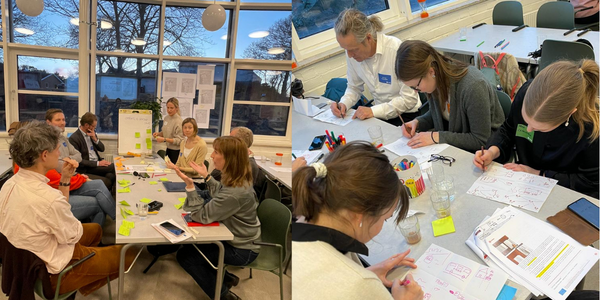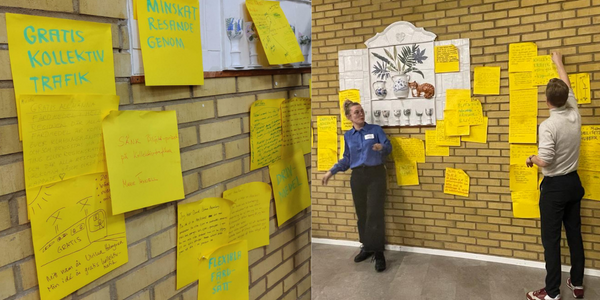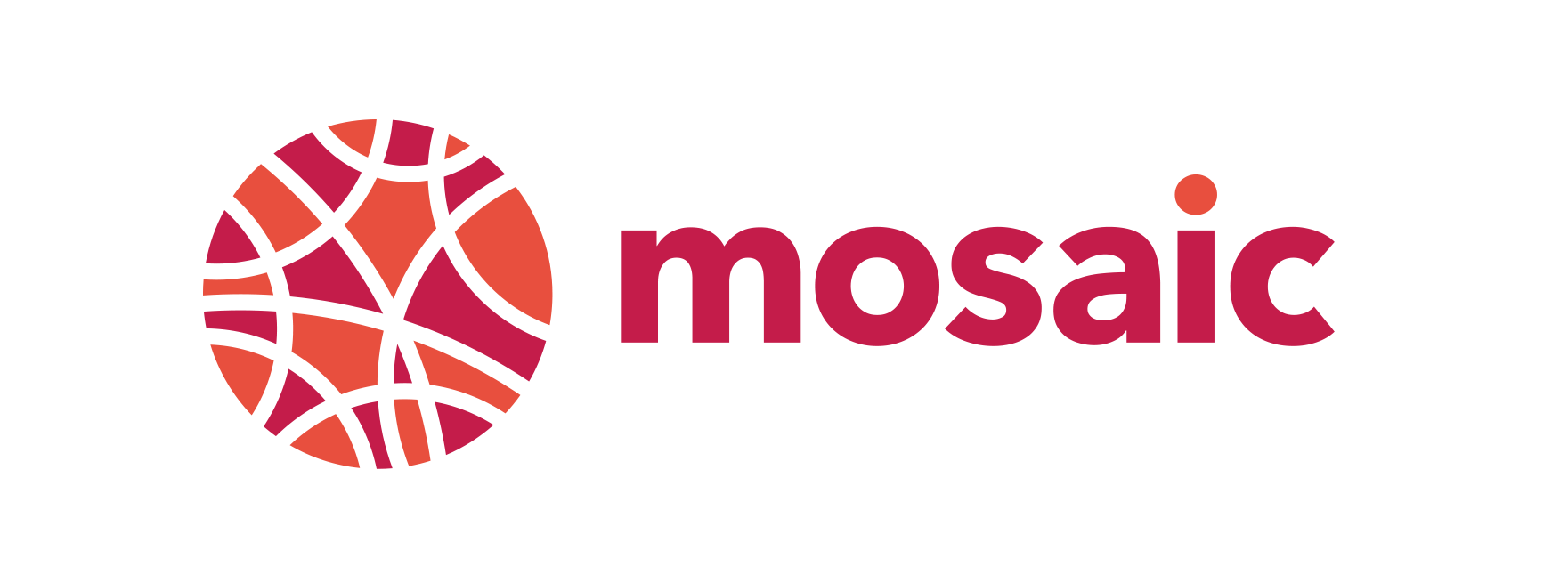The Gathering is the crucial step of the MOSAIC co-creation methodology. It is the moment when all invited stakeholders come together for the first time. In Gothenburg the challenge selected for the co-creation process was related to sustainable travel and transport. How can we co-develop inclusive mobility that meets personal needs, is affordable, comfortable and reliable?
Let’s follow the journey of Marzia and Maria from Stickydot arriving in Gothenburg for the Gathering on a Tuesday afternoon and heading to the venue straight from the airport – equipped with tons of post-its, sticky dots, markers, flipcharts, badges, papers and lots of other tools from their facilitation kit. It was a sunny day and the canteen of the local school where the event was happening was filled with beautiful light. The city representatives and the local facilitators from Digidem Lab were already busy setting up. Tables and chairs were arranged, PowerPoint loaded, catering set up and the first participants started to arrive. Friendly, curious and slightly puzzled as to what to expect from the event.


After a round of introductions and presentations on the topic of sustainable travel and transport in Gothenburg, participants embarked on their first exercise. For the whole day, they were working in separate stakeholder groups to make sure they agreed on some common points before mixing in with the others. To start with, it was all about their mobility patterns and habits – they were asked to draw a map of their usual commute and reflect on it. Then they moved on to talking about barriers and concerns they have related to travelling around the city. The day ended with discussing visions and opportunities for the city in 2030: “How will the city look like in 2030 in relation to the challenge? What will be the main observed transformations?”. At the end of the day, participants were tired but satisfied and certainly very curious about the next day.
The second day started with a summary of outcomes from the two exercises on barriers and visions. The organising team was not surprised that there were quite a few common points:
Common challenges
Lack of safety: waiting for a bus late at night, but also fear of getting hurt, in accidents, especially for cyclists)
Difficult or non-existent combined way of transportation: lack of “shuttle parkings” or mobility hubs
Attitudes: it is hard to change habits, challenges of co-existance of different commuters, lack of respect of rules.
And also, common to most groups:
Bike-related issues (unsafe bike lanes, mixed cyclists and pedestrians, etc.)
Lack of comfort of public transport compared to cars
Bad weather
Common visions
Improved services for public transport: demand-driven, free or more affordable, new lines.
And also, common to most groups:
Increased water transport
Better connected city, integrated mobility (including micro-mobility)
Improved infrastructure for bikes
Increased local services (“15 minutes society): less need for transportation
New green fuels
The next part was dedicated to networking and getting to know each other as well as starting to think of some solutions for the challenge at hand. A Low-tech social network activity was run to encourage participants to get to know each other, mingle, network and make connections. We then moved to a quite well-known fast sketching activity called the Crazy 8s, which we adapted to the Crazy 6s. The goal is to come up with 6 sketches of ideas in 6 minutes – it goes very fast and brings out the craziest ideas ever. After this creativity “warm-up”, participants were invited to think individually and come up with an idea/solution that they would like to pitch to the group and propose to be developed in the next 3 months.
After some heavy post-it clustering by our top facilitator crew and voting, three teams were formed around 3 areas of work:
Mobility hubs
More spaces for life and people
Better public transport
The groups have exchanged contact details and have already set a date for their next meeting. With this, the ideation and prototyping phase of the co-creation process begins. Exciting months ahead!
